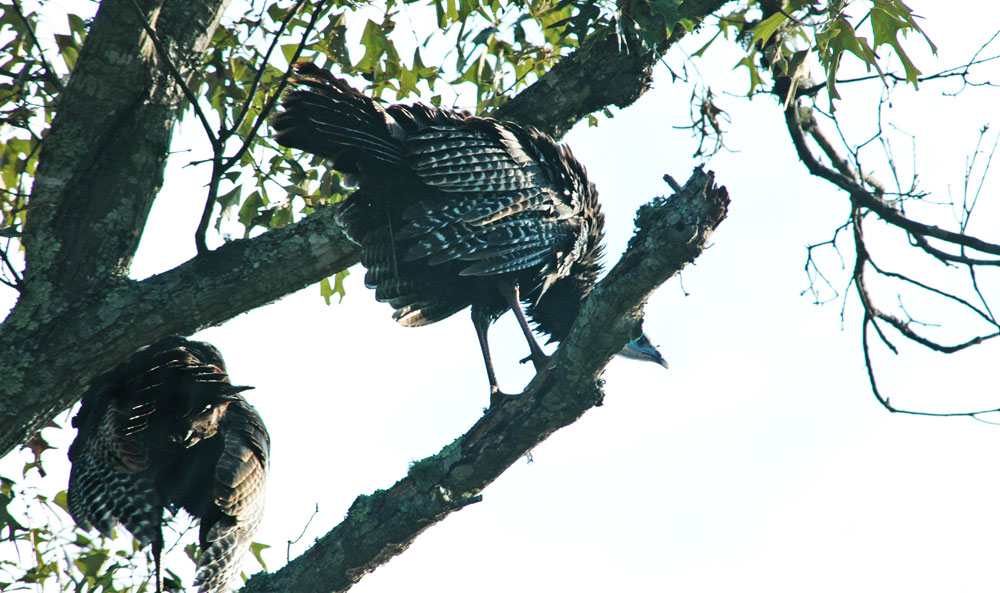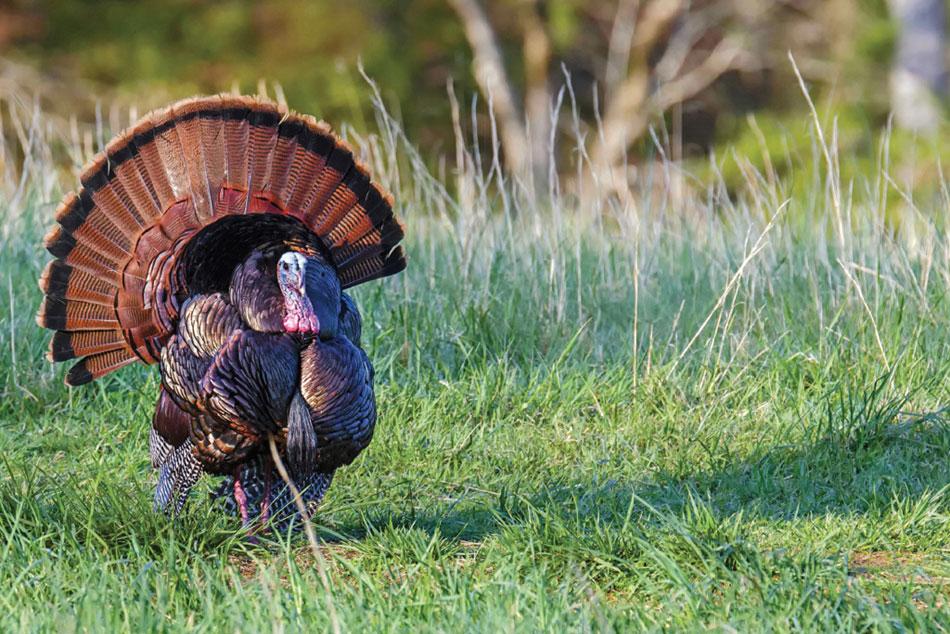Jesse Martin, from Mount Sterling, Kentucky, won the Head-to-Head Division of the 2018 National Wild Turkey Federation (NWTF) Grand National Turkey Calling Championship, competing against 32 other callers. He also won the team calling championship with his partner, Mossy Oak ProStaffer Kerry Elliott. Last year at the Grand National, he won the Senior Open Championship. He's won 10 consecutive Kentucky state championships, more than 40 Open State Championship titles and two World Team Challenge Championships and finished in the top five in the Grand National Open Division 10 times.
Jesse Martin | Mossy Oak ProStaff

Realism is the number-one feature I use in turkey calling contests that has helped me to do as well as I have. I also know that realism is what helps me take longbeards in the woods. Many people who want to get into turkey-calling contests listen to other turkey hunters call, watch DVDs of someone calling or watch YouTube videos of people teaching you how to call turkeys. But to win a turkey-calling contest, I've found that you have to listen to real turkeys. You have to hear and understand the little sounds turkeys make that often go unnoticed.
The real secret to being able to listen to real turkeys is to hunt turkeys in the fall. During the fall of the year, I can go out and scatter a flock of turkeys after getting as close as possible without them seeing me. I’ll run out in the middle of the flock, screaming, hollering and waving my hands, to put turkeys in the air toward every point of the compass. I wait about 15 minutes at the spot where I’ve scattered them. Then I start doing a kee-kee call. As those turkeys try to get back together, you'll hear all the calls that hens and young gobblers make.
Another trick that works in the spring as well as in the fall is to scatter a flock of turkeys on the roost. But before you scatter them, listen to how they cluck and purr, give little light tree calls, and learn to mimic what you hear. If you're going to bust a fall flock of turkeys on the roost, make sure you do it before the sun comes up. If they see you before you scatter them, they’ll fly in a group to a different tree. But it’s more fun and more exciting if you can scatter a flock on the ground. They’ll usually only fly 150 to 200 yards, land, be quiet for about 15 minutes and then start calling, trying to get back together again.
I learned to scatter turkeys and listen, when I was deer hunting in the fall. One time I was sitting in my tree stand and heard a flock of turkeys on the roost. When they pitched out of the tree, I saw where they landed.
I told my hunting buddy, “We need to bust this flock up. Then we can hunt here with our shotguns when fall turkey season arrives.”
When we went back the next day to hunt, I told my buddy, “Let’s don’t shoot them when they fly down. We can get some good audio and video if we let them land on the ground. Then we can scatter the flock and take them when they try to reassemble.”
So, as hesitant as you may be, scattering turkeys and listening to the sounds they make is one of the best way to put realism in your turkey calling. Those are the sounds you want to imitate, not the sounds of another caller.






























